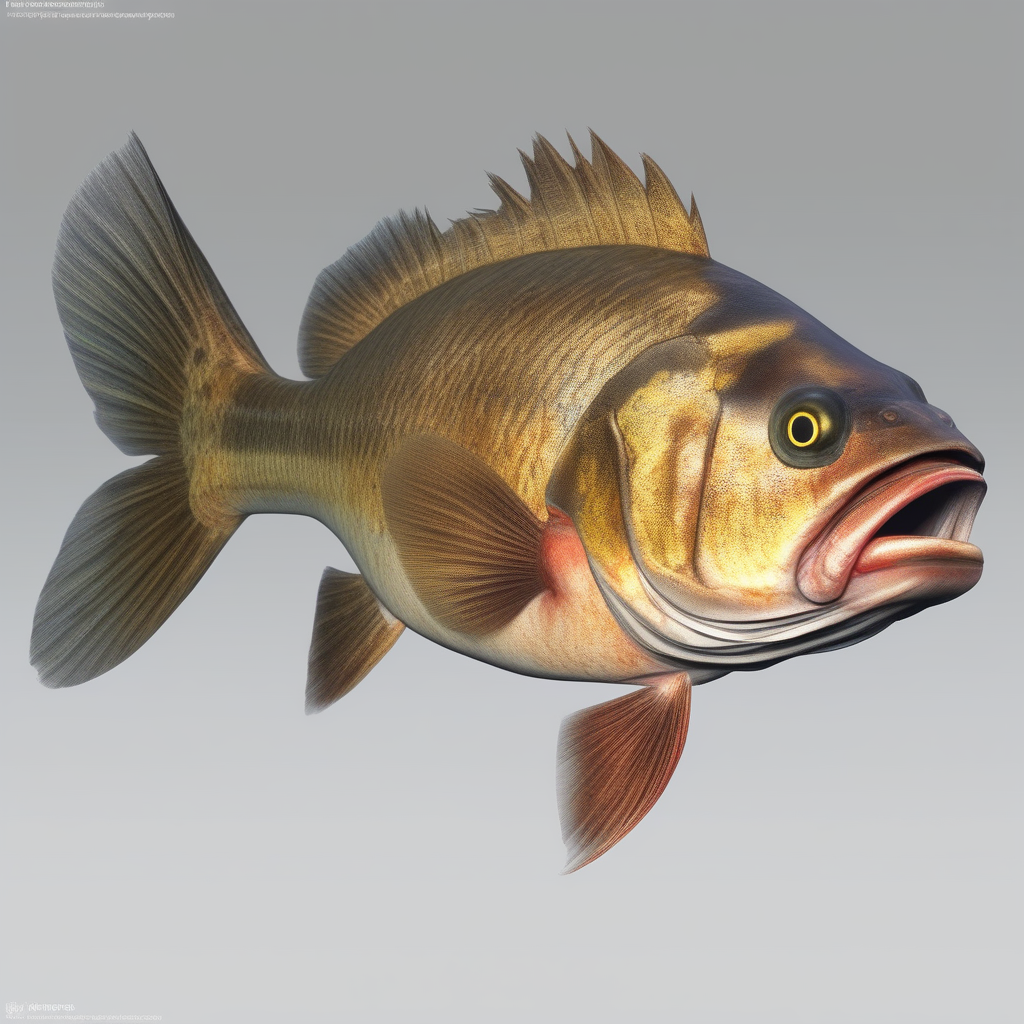Anabas, commonly known as climbing perch, is a fascinating fish species found mainly in freshwater habitats across Asia and Africa. It belongs to the family Anabantidae, which includes other labyrinth fish known for their unique respiratory system. These fish have an organ called the labyrinth, located above their gills, which enables them to breathe atmospheric air. This adaptation allows anabas to survive in oxygen-deprived waters such as stagnant ponds and rice paddies.
One of the most remarkable traits of anabas is its ability to climb out of the water and move on land. Using its specialized pectoral fins and spine-like structures on their gill covers, it can wriggle and shuffle its way through mud, vegetation, and even climb tree roots or low branches. This extraordinary behavior is believed to help anabas escape from predators, access new food sources, or find more suitable habitats during the dry season. It is a rare ability among fish species and has captivated the interest of scientists and enthusiasts alike.
In terms of appearance, anabas have an elongated body covered in scales of varying colors, ranging from shades of green, brown, or silver. They possess sharp spines on their dorsal and pectoral fins, which can be erected for defense purposes. Their upturned mouths indicate their preference for surface feeding and hunting smaller creatures like insects, crustaceans, and small fish. Anabas are aggressive and territorial, especially during the breeding season when males establish and fiercely guard their territories.
Overall, anabas is an intriguing fish species that showcases remarkable adaptations for survival in challenging environments. Its ability to breathe air and move on land sets it apart from other fish species. Although relatively small in size, anabas never fails to impress with its unique behaviors and characteristics, making it a subject of fascination for researchers and aquarium hobbyists around the world.
